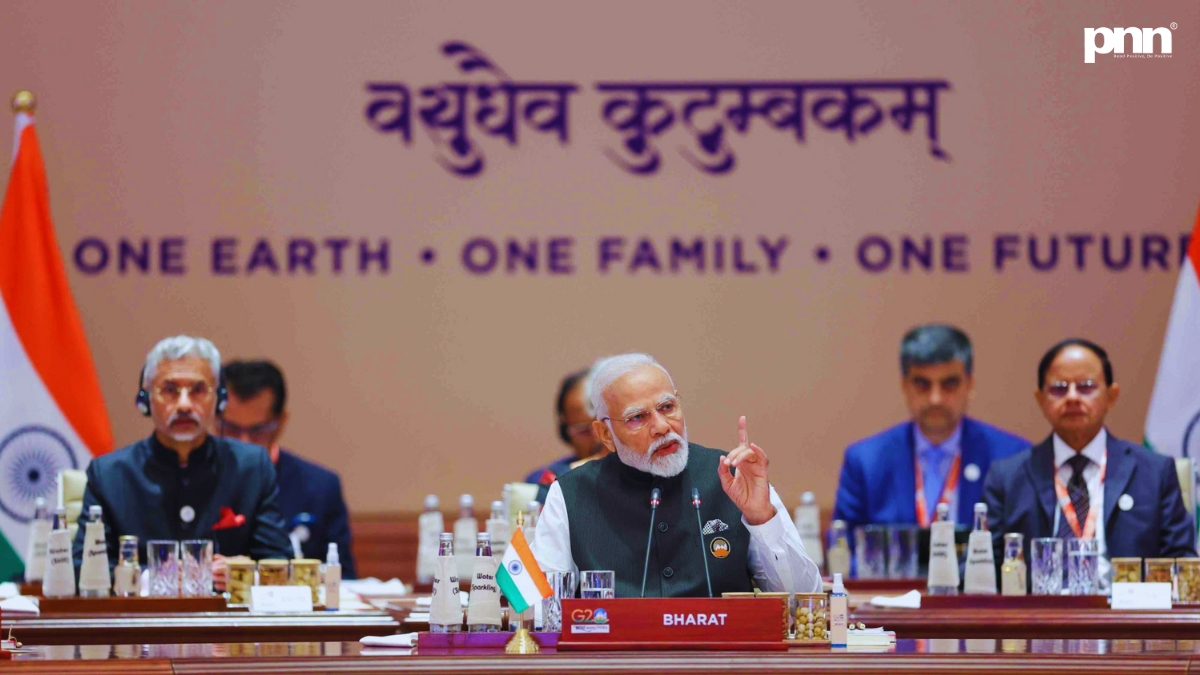
New Delhi [India], September 25: India just pulled the trigger on a big move against cyber fraud. The Department of Telecommunications (DoT) and the Financial Intelligence Unit (FIU-IND) inked a deal to swap fraud data in real time, and it could change the game for digital payment security. (DoT-FIU MoU)
When you think about cyber fraud in India, it’s no longer about a shady caller trying to get your OTP. Today’s fraud rings are slick, tech-heavy, and multi-layered. With India’s digital economy booming, the risks have multiplied. DoT and FIU-IND decided enough was enough.
On September 25, they signed a Memorandum of Understanding (MoU) to finally link telecom intelligence with financial intelligence. In plain English: phones and bank accounts will start talking to each other. Fraudsters won’t like it.
Why This DoT-FIU MoU Matters?
Forget the ceremony and the long titles. Here’s the real takeaway:
- Real-time fraud risk data. FIU-IND will pump out its Financial Fraud Risk Indicator (FRI), labeling mobile numbers as medium, high, or very high risk.
- Telecom data in play. DoT will feed in its Mobile Number Revocation List (MNRL), flagging numbers already cut off for shady reasons.
- Suspicious transaction alerts. FIU-IND will share numbers linked to accounts in suspicious transaction reports.
- Secure pipelines. All this intel flows through DoT’s Digital Intelligence Platform (DIP) and FIU-IND’s Finnex 2.0 portal. No WhatsApp groups. No Excel sheets.
This is the kind of backend plumbing that makes or breaks fraud prevention.
Voices from the Room
At the signing, Dr. Neeraj Mittal, Secretary (Telecom), made a point that felt less bureaucratic and more blunt: technology inside silos is useless. His words: “True progress lies in transcending departmental boundaries.” Translation: stop hoarding data, start sharing it.
Revenue Secretary Arvind Shrivastava cut to the chase too: this tie-up will drive accuracy and timeliness. No fluff, just efficiency.
How It Strengthens India’s Cybersecurity
Here’s what changes for the average Indian:
Fraud Prevention Gets Teeth
Fraudulent SIMs won’t slip into the system as easily. Authorities can now link dodgy mobile numbers to shady accounts before citizens lose money.
Safer Digital Payments
Banks and payment apps can check if a mobile number is flagged as high-risk before letting a transaction through. Think of it as a caller ID for money transfers.
From Reactive to Proactive
Till now, fraud detection was like firefighting, showing up after the house is on fire. With the FRI in play, banks and enforcement can block fraud at the door.
The Scale of the Problem
India’s digital economy is roaring. UPI alone clocks over 10 billion transactions monthly. And with scale comes crime.
- DoT’s Sanchar Saathi platform has already killed 2.84 crore fraudulent mobile connections.
- Banks used fraud risk data to stop 48 lakh shady transactions. Saved? ₹140 crore.
- Over 700 stakeholders, from police to SEBI to 650 banks, already plug into DoT’s Digital Intelligence Platform.
This MoU takes that ecosystem and hardwires FIU’s financial data straight into it.
What’s Next
The ink on the MoU isn’t the finish line. Both agencies are setting up:
- Standard Operating Procedures (SOPs): Clear rules for sharing and acting on fraud data.
- Feedback loops: So fraud detection analytics actually improve.
- Joint working groups: To track shell companies and cross-sector fraud patterns.
And because cybercriminals evolve faster than bureaucracy, both sides promised continuous consultation to keep the system sharp.
About the Agencies
- FIU-IND: India’s financial watchdog for shady money movement, money laundering, and terror finance.
- DoT’s Digital Intelligence Unit (DIU): The telecom cops behind tools like ASTR (SIM forgery detection), CIOR (international spoofed call blocking), Sanchar Saathi, and the FRI itself.
Together, they’re basically fusing bank data with SIM card data.
India isn’t just building digital highways; it’s finally putting cops on the road. The DoT-FIU MoU could mark a turning point where fraudsters don’t just get caught, they get cut off before they strike.
Also Read: Swachhata Hi Seva 2025: Bold Push for a Cleaner India







